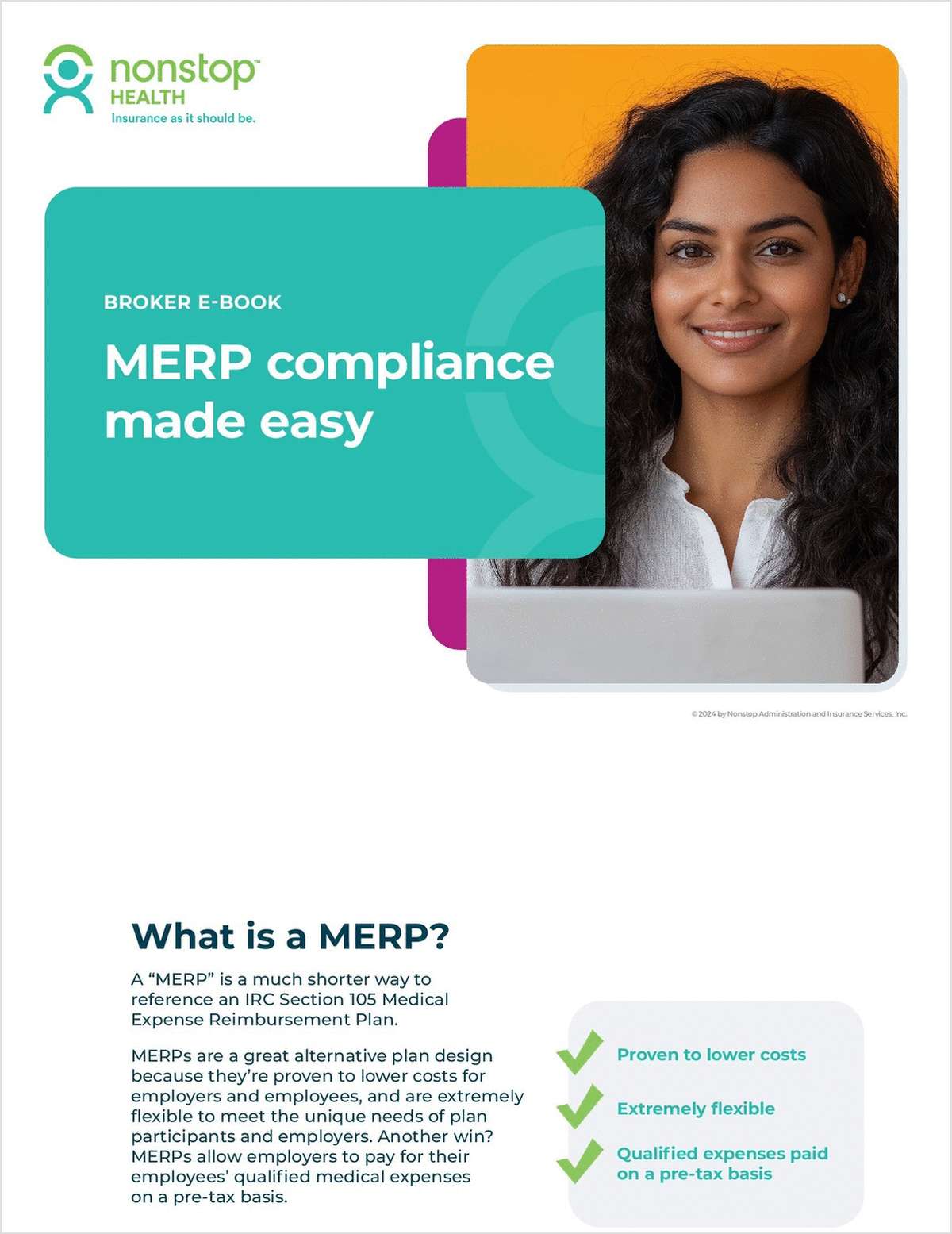 ith this giant expense per employee, shouldn't HR make sure to educate and drive best practices and behavior to their most important asset, their own employees? (Photo: Shutterstock)
ith this giant expense per employee, shouldn't HR make sure to educate and drive best practices and behavior to their most important asset, their own employees? (Photo: Shutterstock)
When HR wants to make open enrollment easy for employees and themselves, data shows it comes with a pretty hefty price tag, but not in a way you would suspect.
Passive enrollment, today's "easy button," has always been a fascinating concept for me, and for many years, a frustrating one as well. As someone who has built a profession around voluntary benefits, passive versus active enrollment was the difference between a serving a new client or walking away from one.
In my old life, when a client decided they wanted a passive enrollment, that was my cue to gracefully bow out of an opportunity. Nothing stopped a conversation around employee engagement and benefit education faster than the word "passive." The word in and of itself means lacking in energy and will and in the context of complicated subject matter like employee benefits, the two should never coexist.
Let me quickly define the difference between active and passive. Active enrollment is one where employees are obligated to review their benefits package and physically make their elections, whether or not they change from the year prior. Review, rethink, re-enroll. Passive enrollment lets the elections roll year after year without consideration of one's current obligations.
As a consultant on the broker side, I am ever fascinated by the choice our clients make to have passive enrollments. As I look at the entire picture, I think about the months-long process and the millions of dollars our client's spend on building competitive benefits packages that are not only designed to recruit talent but just as important, designed to retain it. I think about the vigorous and painful back and forth between our account management teams, our carriers, and our clients to get these packages as competitive as possible. Countless 6 AM calls and 10 PM emails, just to get it all right.
And then, when it is all said and done, and we have finally pulled together a program that our clients are happy with, POOF, Open enrollment is passive. Every time that happens I scratch my head and wonder: "NFP and this client just spent four months and countless hours pulling together a program that costs $10,000 to $15,000 per employee and now neither one of us cares if employees spend any time at all on this stuff?"
It's true; I think that very thought EVERY time. Why do any of this hard work, if in the end we are going to run out of gas and not require employees to review their benefits and re-assess their choices? Things change, right? With this giant expense per employee, shouldn't HR make sure to educate and drive best practices and behavior to their most important asset, their own employees?
Let's take a look at the price our clients really pay when they go down the passive enrollment route.
A study conducted by the IFEBP found that 50% of employees are dissatisfied with their benefit packages while 22% of employees leave their jobs because they don't think their benefits are any good.
(But didn't our clients spend hours and hours and hours and millions of dollars building benefit programs meant to recruit and retain their employees and not lose them?)
A recent study by Benefitfocus across 476 employers and 4 million employees found that if an employer made a different decision and required an active enrollment there is roughly a 37% decrease in employee turnover as a result of active participation (and year round engagement) in benefit enrollment.
Let's monetize what this all means to our clients. According to The Work Institute 2019 Retention Report the estimated cost to lose a U.S. worker is $15,000. So for every 1,000 employees, 80 could be saved from turning over to the tune of $1,200,000 simply by making Open Enrollment active.
For me the choice is clear. An active enrollment seems a small price to pay when so much is at stake. The question now is, how do we convince ourselves and our clients that Active enrollment is the right choice for everybody?
Kim Heald is voluntary benefits practice leader at NFP.
Complete your profile to continue reading and get FREE access to BenefitsPRO, part of your ALM digital membership.
Your access to unlimited BenefitsPRO content isn’t changing.
Once you are an ALM digital member, you’ll receive:
- Breaking benefits news and analysis, on-site and via our newsletters and custom alerts
- Educational webcasts, white papers, and ebooks from industry thought leaders
- Critical converage of the property casualty insurance and financial advisory markets on our other ALM sites, PropertyCasualty360 and ThinkAdvisor
Already have an account? Sign In Now
© 2024 ALM Global, LLC, All Rights Reserved. Request academic re-use from www.copyright.com. All other uses, submit a request to [email protected]. For more information visit Asset & Logo Licensing.








